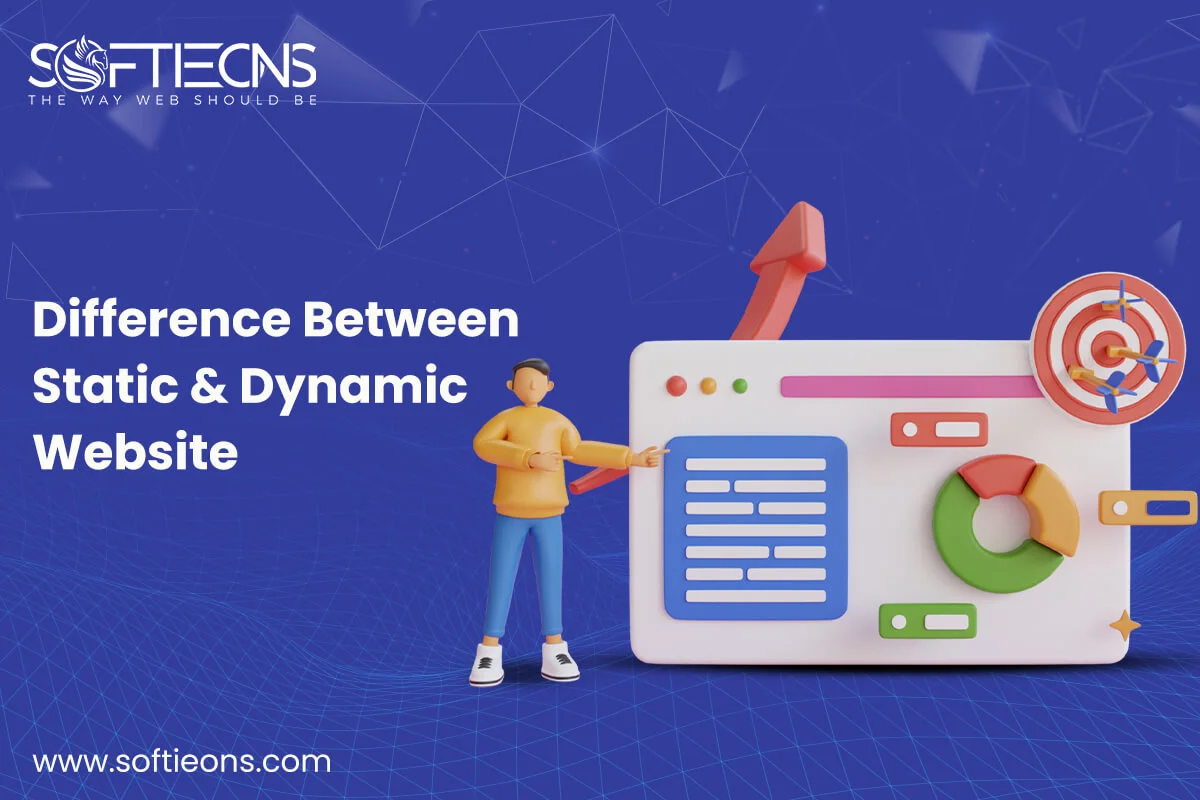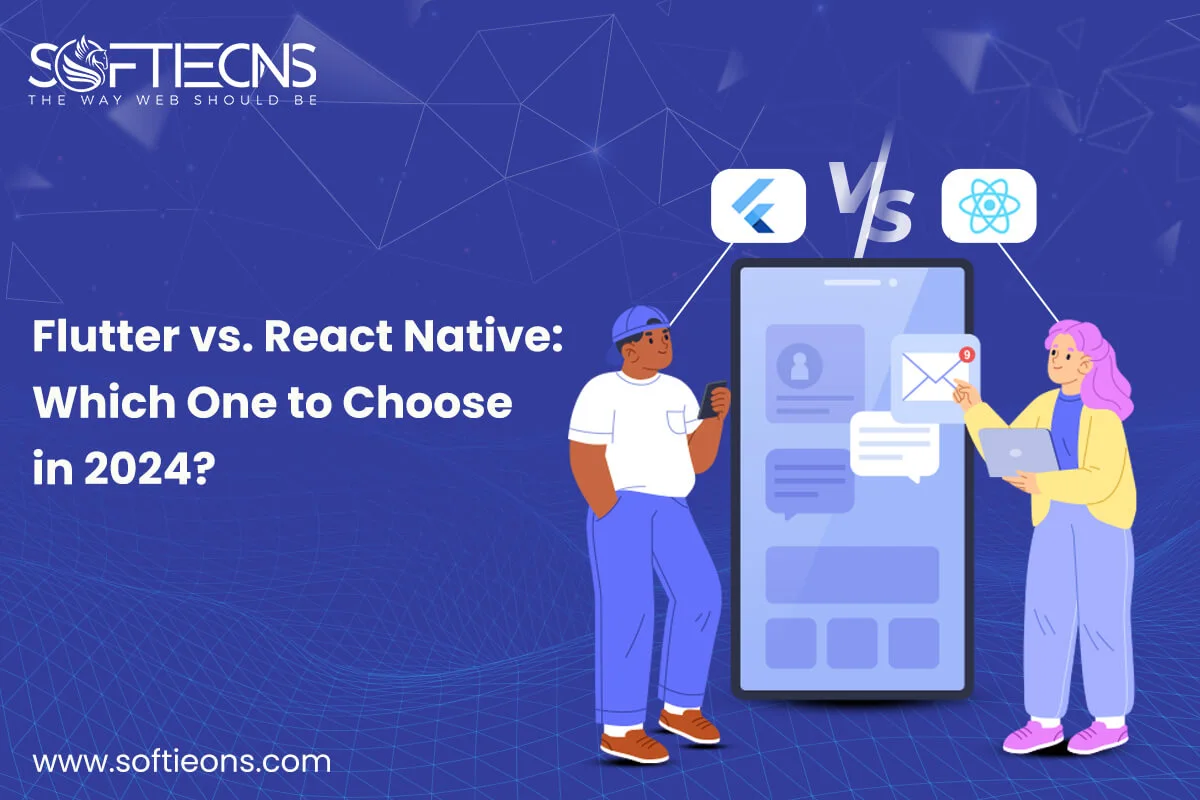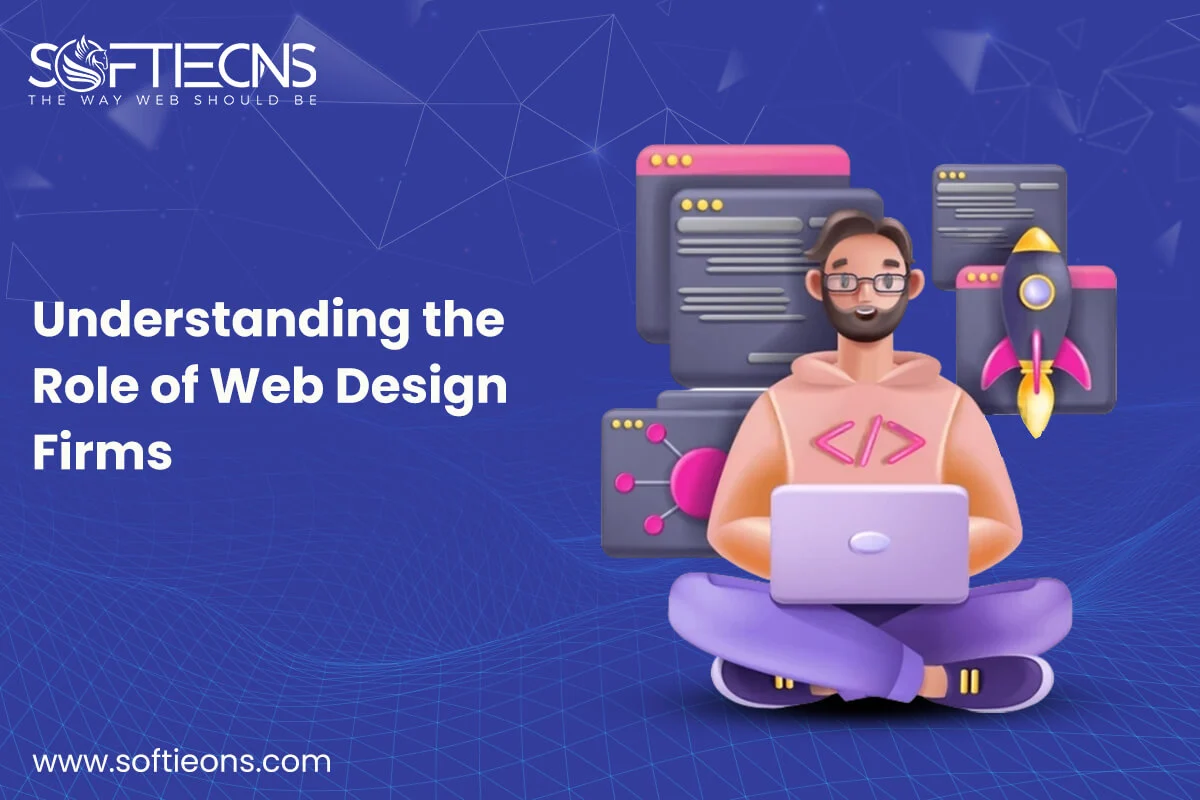Role of a UX designer
Fri, 09 Apr 2021
UX is a popular buzzword in the technology industry but only a few really understand its significance.
User experience signifies the user’s overall interaction with a product or service. Usually, this term is used in evaluating how a software application performs. The application could be either very straightforward or too complicated for the non-techy layman, depending on how it is designed.
Donald Norman, a cognitive scientist who has worked for Apple, inspired the entire idea of UX. He’d been interested in a product’s user perspective. He coined the term thus capturing all aspects of the user’s interaction with the technology. That evolved into the process of modern Design Thinking.
UX is widely used by businesses to convert and retain what follows. A user experience that’s seamless ensures good business. There is nothing like a happy customer setting the credibility of a brand. And with that, demand for UX designers has increased considerably over the years.
The roles of a UX designer:
A UX designer plays a major role in creating and delivering on your website. He or she creates a visually impressive but also fully functional interactive layout. Therefore it is crucial to choose the right designer.
The UX designer is deemed one of the team’s most versatile positions. Most people are misconceived that the job of a UX designer is the same as that of a graphic designer. Despite having similarities, UX designers do more than simply create the artsy elements of a website. They involve themselves from the ideation to quality testing.
- Product strategy
- Visual design
- Interaction design
- User Research/Data Analytics
- Content Strategy
Design thinking’s aim is to create a product or service centered on humans. This means the user’s point of view is taken into consideration in each stage of development. Although these steps are may vary depending on the firm itself.
Generally, this is how the phases of development occur:
Empathize: This involves gathering user insights, knowing about their problem, and what they need for it.
Define: You can then define the problem statement using the insights gathered, and specify what the product is.
Idea: It’s time to create the solution, once the problem is defined. You can now brainstorm ideas at this stage which should be evaluated with the user perspective in mind.
Prototype: The prototype is an early version of the product undergoing an iterative test cycle.
Test: The prototype is then presented for feedback to the users
POPULAR POSTS
Shopify vs. WordPress: Which one is best for e-commerce?
Wed, 07 Apr 2021Role of IoT in the Real Estate Industry
Wed, 14 Apr 2021Why UX And UI Is Important For Mobile Application Development
Sat, 01 May 2021Telemedicine's Advantages in Nursing Homes
Fri, 24 Dec 2021RECENT POSTS
Difference Between Static Website And Dynamic Website
Wed, 24 Apr 2024Flutter vs. React Native: Which One to Choose in 2024?
Mon, 22 Apr 2024Exploring the Benefits of Professional Website Design Companies
Fri, 29 Mar 2024Understanding The Role Of Web Design Firms
Fri, 22 Mar 2024









